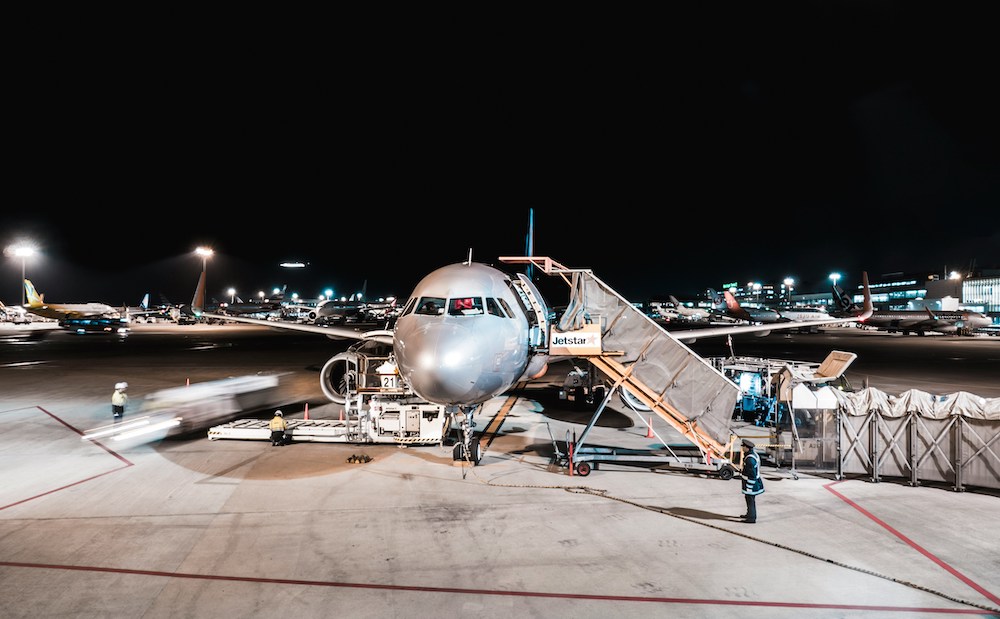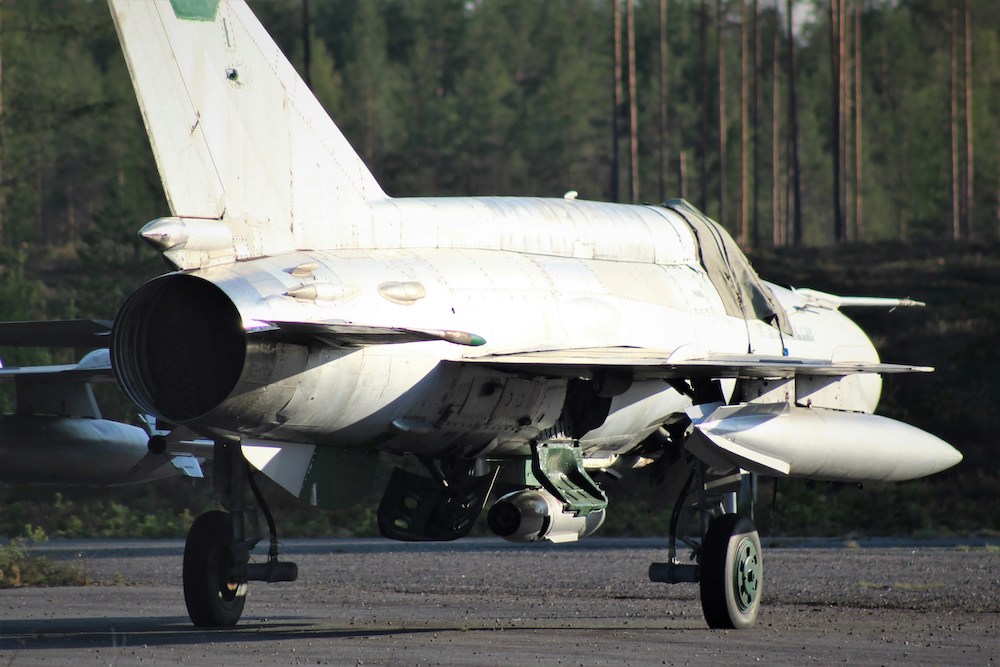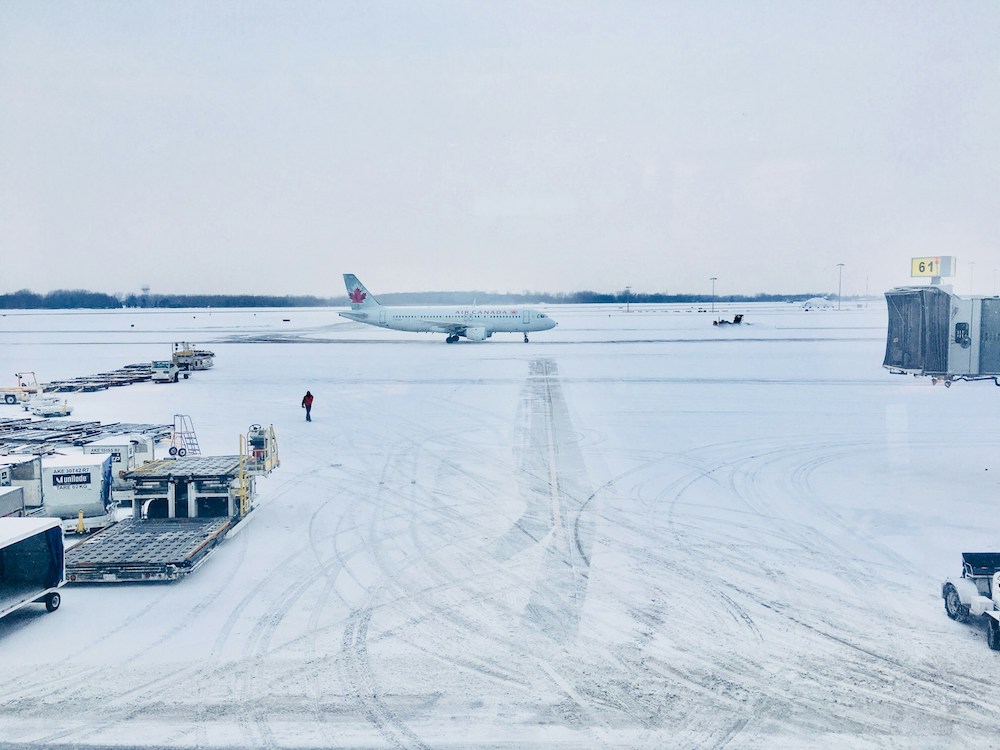
While buying an aircraft is one of the most exciting purchases most people and companies ever make, the costs do not stop with the initial acquisition. In fact, the most common mistake made in computing aircraft operating costs is the error of omission.
All expenses must be considered to determine the true cost of owning and operating an aircraft, thereby diminishing the element of surprise from unexpected fees and payments. To simplify the overall expenses associated with owning and operating an aircraft, they can be broken down into two major categories and should be considered as part of initial acquisition and ongoing operations:
- Fixed costs – expenses that do not change over time, regardless of how often the aircraft is flown. These expenses include financing, insurance, hangar/tiedown fees, annual inspections, etc.
- Variable costs – expenses that vary based on how often the aircraft is flown, any unplanned issues, and the aircraft operator’s needs and desires. These expenses include fuel, oil, landing fees, maintenance and repairs, aircraft cleaning, etc.
Now, these costs may vary greatly depending on the size and scope of the aircraft. Therefore, this article will explore two significantly different aircraft categories, including general aviation aircraft (i.e., Cessna 172/182) and commercial aircraft (i.e., Airbus 320 family), while addressing their standard operating costs and methods to lower them.
General Aviation Aircraft Operating Costs
Although there are many single- and multi-engine general aviation aircraft out there, for many pilots and aircraft operators, the Cessna 172 Skyhawk and Cessna 182 Skylane are often the first step up in size and performance from a two-seat trainer. Many pilots spend hours in the Cessna 172s and 182s giving first rides to friends and family and collecting certificates and ratings.
Both aircraft series made their debut in the 1950’s and have been known for their reliability ever since. As a result, thousands of these aircraft have been produced and often vary in cost based on the year of manufacturing and the type of equipment installed. Let’s break down the costs of these aircraft further.
Standard Operating Costs of General Aviation Aircraft
Initial General Aviation Aircraft Costs
The Cessna 172 can cost as low as $30,000 used or $420,000 new. The Cessna 182, with its improved power, range, and carrying capacity, can cost as low as $40,000 used or $530,000 new.
Ongoing General Aviation Aircraft Costs
Fixed costs to operate the Cessna 172 or 182 total about $800 to $5,000 per year for insurance, hangar fees, and regular maintenance.
Variable costs, like fuel, oil, and landing fees, cost about $100 to $200 per flight hour. While unplanned maintenance and repairs cost about $50 to $60 per flight hour.
On average, it costs between $5000 and $10,000 to fly a Cessna 172 or 182 per year, based on 100 flight hours.
Lowering the Operating Costs of General Aviation Aircraft
There are several methods of lowering the operating costs of general aviation aircraft:
- Purchase the aircraft directly from the owner or with a partner. Brokers add a fee to the amount the owner wants to receive from the sale of their aircraft. In addition, the co-ownership of multiple individuals who pool their resources to purchase an aircraft can greatly reduce flying costs.
- Adequately insure the aircraft. An owner can save money by only insuring the aircraft for what it would cost to replace it. When it comes to liability coverage, personal circumstances should be considered.
- Consider a leaseback. The aircraft can be leased back to a local fixed-base operator (FBO) or flying club. In this case, the aircraft owner still owns the aircraft; but the lease allows others to use the aircraft as well. Benefits of a leaseback include income and the extra flying helps protect the aircraft from rust.
- Protect the aircraft in a hangar. Storing the aircraft in a hangar protects the aircraft from dirt and insects, which in turn saves money on maintenance. The chance of damage to the aircraft from environmental elements is also minimized. Often, aircraft insurance companies offer a lower rate when an aircraft is parked in a hangar.
- Fuel at the home base. Many FBOs offer options for fueling the aircraft at a reduced rate at the home base. Some FBOs even offer a fuel discount for self-fueling with a major credit card, because it eliminates billing paperwork.
- Change the oil and purchase it in bulk. Changing the oil is considered the cheapest insurance available. Private pilots can even save the cost of labor by changing their own oil and filter per preventive maintenance regulations. Buying oil in bulk can further reduce oil costs.
- Promptly repair broken parts. An aircraft should have all its components operating correctly, for safety as well as dispatch reliability.
- Modify the airframe when necessary. Most airframe modifications claim to save the aircraft operator money once they are installed. However, such modifications can have high upfront costs, therefore, they must be budgeted for appropriately.
- Be a smart pilot. Avoid abusing the aircraft and use techniques that reduce the wear and tear on components such as brakes and tires. Flying at reduced power settings is also easier on the engine, uses less fuel, and does not cost much in lost speed.
Commercial Aircraft Operating Costs
Commercial aircraft operators have significantly higher costs to consider than those of general aviation aircraft. The aircraft in question are larger, require substantial labor, and utilize a large amount of fuel to operate. Some of the lesser expenses for commercial aircraft operators include maintenance, parts, handling luggage, airport fees, taxes, marketing, promotions, travel agent commissions, passenger expenses, etc.
For this article, the standard operating costs of the A319 and A321 are discussed to illustrate the versatility of the A320 family.
Standard Operating Costs of Commercial Aircraft
Initial Commercial Aircraft Costs
The cost of an Airbus 319 and 321 depends on several factors, including design weights, engine choice, and level of selected customization. The actual value of an order is not publicly disclosed by either aircraft operators or the manufacturer, but the list price is publicly available. The list price of an Airbus 319 is $92.3 million, while the list price of an Airbus 321 is $118.3 million.
Ongoing Commercial Aircraft Costs
Based on 450 annual owner-operated flight hours and $6.00 per gallon fuel cost, the following include the ongoing costs associated with the members of the A320 family:
- Airbus 319
- Fixed costs of $1.1 million
- Variable costs of $2.8 million
- Annual budget of $3.9 million is equivalent to $9,000 per flight hour
- Airbus 321
- Variable costs of $3.5 million
- Fixed costs of $1.2 million
- Annual budget of $4.7 million is equivalent to $11,000 per flight hour
Lowering the Operating Costs of Commercial Aircraft
Commercial flying is a competitive business where customers have little brand loyalty, causing commercial aircraft operators to have to compete on price rather than quality. Since growing profits is difficult, companies are forced to cut costs to be more profitable. The following are several cost-cutting methods that can be used by commercial aircraft operators:
- Develop repeatable processes while eliminating non-routine tasks. The aim of lowering operating costs within an operation is to eliminate surprises and make processes less variable. Commercial aircraft operators can identify patterns that can be streamlined or eliminated. One way to begin this approach is to start by looking into areas that are performing poorly.
- Make improvements to supplier contracts. Commercial aircraft operators normally deal with many suppliers, which can lead to inefficiencies and higher costs. By making improvements to supplier contracts, commercial aircraft operators can reduce costs and improve efficiency.
- Consider outsourcing. Outsourcing can help commercial aircraft operators reduce costs by allowing them to focus on their core competencies while leaving other tasks to third-party providers.
- Increase aircraft utilization. By increasing the utilization of aircraft, commercial aircraft operators can reduce the number of flights required to meet demand, leading to significant cost savings.
- Streamline maintenance procedures. By streamlining maintenance procedures, commercial aircraft operators can reduce the amount of time required to perform maintenance tasks.
- Optimize staffing levels. By optimizing staffing levels, commercial aircraft operators can reduce labor costs while maintaining high customer service levels.
Aircraft Ownership Considerations
Whether you are a general aviation or commercial aircraft operator, steep expenses are involved in the initial acquisition of an aircraft and during ongoing operations. Therefore, all fixed and variable costs should be considered when making the decision to purchase and maintain an aircraft, as detailed in this article.
In addition, it is important to consider the aircraft purchase early on as much as possible, so you are ready for anything during your aircraft ownership journey. Buying the wrong aircraft could set an aircraft operator back thousands, if not millions, of dollars, therefore, the following aspects of the aircraft should also be considered:
- Age and condition of the aircraft
- Cost of ownership
- Engine hours
- Airworthiness
- Included equipment
- Damage history
- Maintenance records
- Storage location
Acquire the Parts You Need With Greater Efficiency With ePlaneAI
ePlaneAI can help users find and purchase the aircraft parts they need with heightened efficiency by minimizing time-consuming manual tasks and placing greater market insights at their fingertips.
ePlane simplifies aircraft parts procurement, providing users with efficient solutions. With an extensive catalog, users connect with global suppliers effortlessly. AI-driven automation streamlines RFQs, ensuring seamless transactions. Secure payments and 24/7 availability enhance the procurement experience. The Conversational AI Chatbot JET and Document AI Revolution further enrich the sourcing process, while real-time inventory synchronization and insightful analytics enable swift, informed purchases. Additionally, Voice AI Assistance ensures seamless interactions, even on the go.
CLICK HERE TO LEARN HOW EPLANEAI BENEFITS YOUR AVIATION PART PROCUREMENT
By Katarzyna Szwed-Carlson
Kasia Szwed-Carlson is an expert in the aviation industry with 15 years of experience working in flight operations management and training leadership roles.



